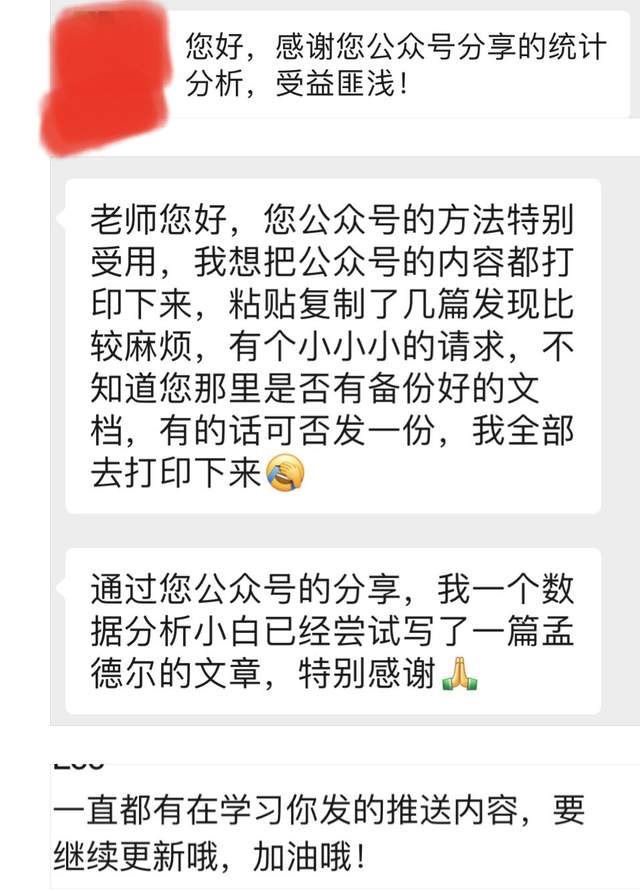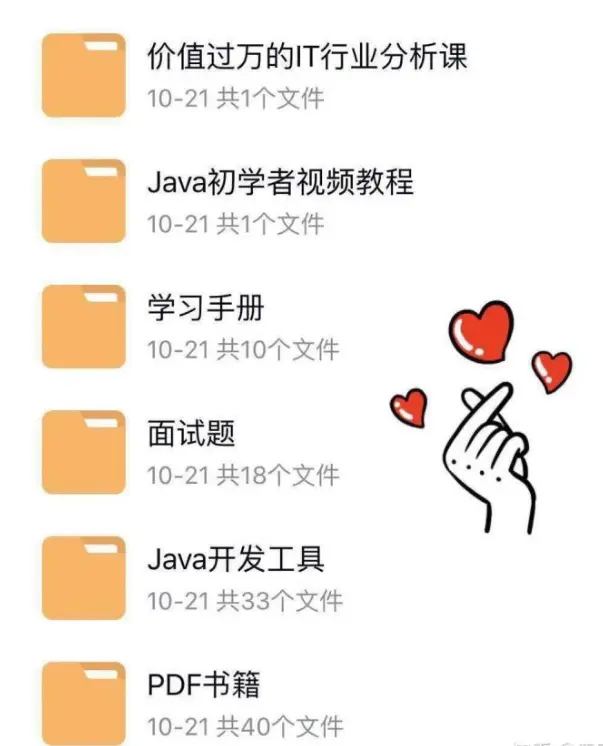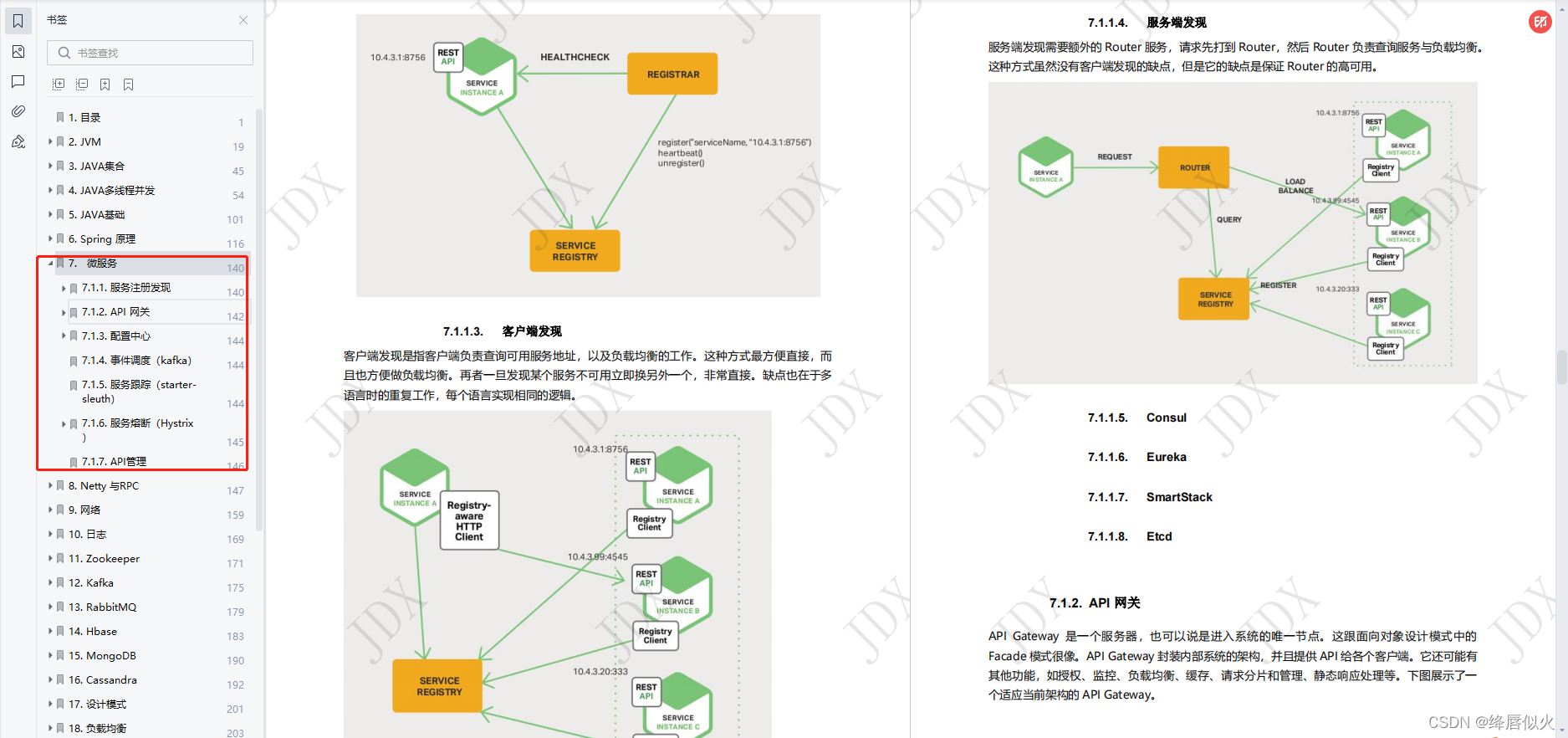7级晋升到6级的过程中以做6级题以及以前未完成的题目为主,一般选择算法题或者基础题。相比之前从8级升级7级(参见此博客:http://blog.csdn.net/m0_37324740/article/details/78408249)的难度有所提前,并且一些题目结合了一些简单的场景,也很有意思。
No.8
Topic:Vasya - Clerk
Instruction:
The new “Avengers” movie has just been released! There are a lot of people at the cinema box office standing in a huge line. Each of them has a single 100, 50 or 25 dollars bill. An “Avengers” ticket costs 25 dollars.
Vasya is currently working as a clerk. He wants to sell a ticket to every single person in this line.
Can Vasya sell a ticket to each person and give the change if he initially has no money and sells the tickets strictly in the order people follow in the line?
Return YES, if Vasya can sell a ticket to each person and give the change with the bills he has at hand at that moment. Otherwise return NO.
Examples:
My solution:
def tickets(people):if people[0] != 25:ans = 'NO'else:i = 1a = [25]while i < len(people):try:if people[i] == 25:a.append(25)i+=1 elif people[i] == 50:if 25 in a:a.remove(25)a.append(50)i+=1else:ans = 'NO'return anselse:if 25 and 50 in a:a.remove(25)a.remove(50)a.append(100)i+=1elif a.count(25) >= 3:a.remove(25)a.remove(25)a.remove(25)a.append(100)i+=1else:ans = 'NO'return ansexcept ValueError:ans = 'NO'return ansans = 'YES' return ans
Best solutions from others:
def tickets(people):till = {100.0:0, 50.0:0, 25.0:0}for paid in people:till[paid] += 1change = paid-25.0for bill in (50,25):while (bill <= change and till[bill] > 0):till[bill] -= 1change -= billif change != 0:return 'NO'return 'YES'
and
def tickets(a):n25 = n50 = n100 = 0for e in a:if e==25 : n25+=1elif e==50 : n25-=1; n50+=1elif e==100 and n50>0 : n25-=1; n50-=1elif e==100 and n50==0: n25-=3if n25<0 or n50<0:return 'NO'return 'YES'
貌似我当时跑程序的时候出现了valueerror,但是一下子找不到原因,所以用了try语句。
No.9
Topic:Simple Pig Latin
Instruction:Move the first letter of each word to the end of it, then add “ay” to the end of the word. Leave punctuation marks untouched.
Examples:
pig_it('Pig latin is cool') # igPay atinlay siay oolcay
pig_it('Hello world !') # elloHay orldWay !
My solution:
def pig_it(text):a = text.split() b = list(map(lambda x: x[1:len(x)] + x[0] + 'ay', a))if len(b[len(b)-1]) == 3:b[len(b)-1] = a[len(a)-1]else:passc = ' '.join(b)return c
Best solution from others:
def pig_it(text):lst = text.split()return ' '.join( [word[1:] + word[:1] + 'ay' if word.isalpha() else word for word in lst])
No.10
Topic:Decode the Morse code
Instruction:
In this kata you have to write a simple Morse code decoder. While the Morse code is now mostly superceded by voice and digital data communication channels, it still has its use in some applications around the world.
The Morse code encodes every character as a sequence of “dots” and “dashes”. For example, the letter A is coded as ·−, letter Q is coded as −−·−, and digit 1 is coded as ·−−−. The Morse code is case-insensitive, traditionally capital letters are used. When the message is written in Morse code, a single space is used to separate the character codes and 3 spaces are used to separate words. For example, the message HEY JUDE in Morse code is ···· · −·−− ·−−− ··− −·· ·.
NOTE: Extra spaces before or after the code have no meaning and should be ignored.
In addition to letters, digits and some punctuation, there are some special service codes, the most notorious of those is the international distress signal SOS (that was first issued by Titanic), that is coded as ···−−−···. These special codes are treated as single special characters, and usually are transmitted as separate words.
Your task is to implement a function decodeMorse(morseCode), that would take the morse code as input and return a decoded human-readable string.
For example:
decodeMorse('.... . -.-- .--- ..- -.. .')
#should return "HEY JUDE"
The Morse code table is preloaded for you as a dictionary, feel free to use it. In CoffeeScript, C++, Go, JavaScript, PHP, Python, Ruby and TypeScript, the table can be accessed like this: MORSE_CODE[’.–’], in Java it is MorseCode.get(’.–’), in C# it is MorseCode.Get(’.–’), in Haskell the codes are in a Map String String and can be accessed like this: morseCodes ! “.–”, in Elixir it is morse_codes variable.
All the test strings would contain valid Morse code, so you may skip checking for errors and exceptions. In C#, tests will fail if the solution code throws an exception, please keep that in mind. This is mostly because otherwise the engine would simply ignore the tests, resulting in a “valid” solution.
这道题我当时写的代码没有通过,很可惜没有保存下载,题目的思路不难,嵌套循环并用到替换。
Best solution from others:
def decodeMorse(morseCode):return ' '.join(''.join(MORSE_CODE[letter] for letter in word.split(' ')) for word in morseCode.strip().split(' '))
No.11
Topic:Who likes it?
Instruction:
You probably know the “like” system from Facebook and other pages. People can “like” blog posts, pictures or other items. We want to create the text that should be displayed next to such an item.
Implement a function likes :: [String] -> String, which must take in input array, containing the names of people who like an item. It must return the display text as shown in the examples:
likes [] // must be "no one likes this"
likes ["Peter"] // must be "Peter likes this"
likes ["Jacob", "Alex"] // must be "Jacob and Alex like this"
likes ["Max", "John", "Mark"] // must be "Max, John and Mark like this"
likes ["Alex", "Jacob", "Mark", "Max"] // must be "Alex, Jacob and 2 others like this"
My solution:
def likes(names):if len(names) == 0:a = 'no one likes this'elif len(names) == 1:a = names[0] + ' ' + 'likes this'elif len(names) == 2:a = names[0] + ' ' +'and' + ' ' + names[1] + ' ' +'like this'elif len(names) == 3:a = names[0] + ',' + ' ' + names[1] + ' ' + 'and' +' ' + names[2] + ' ' + 'like this'else:a = names[0] + ',' + ' ' + names[1] + ' ' + 'and' +' ' + str((len(names)-2)) + ' ' + 'others like this' return a
Best solutions from others:
def likes(names):n = len(names)return {0: 'no one likes this',1: '{} likes this', 2: '{} and {} like this', 3: '{}, {} and {} like this', 4: '{}, {} and {others} others like this'}[min(4, n)].format(*names[:3], others=n-2)
and
def likes(names):if len(names) == 0:return "no one likes this"elif len(names) == 1:return "%s likes this" % names[0]elif len(names) == 2:return "%s and %s like this" % (names[0], names[1])elif len(names) == 3:return "%s, %s and %s like this" % (names[0], names[1], names[2])else:return "%s, %s and %s others like this" % (names[0], names[1], len(names)-2)
No.12
Topic:Unique In Order
Instruction:Implement the function unique_in_order which takes as argument a sequence and returns a list of items without any elements with the same value next to each other and preserving the original order of elements.
Examples:
unique_in_order('AAAABBBCCDAABBB') == ['A', 'B', 'C', 'D', 'A', 'B']
unique_in_order('ABBCcAD') == ['A', 'B', 'C', 'c', 'A', 'D']
unique_in_order([1,2,2,3,3]) == [1,2,3]
My solution:
def unique_in_order(iterable):list = []pre = Nonefor i in iterable:if i != pre:list.append(i)pre = ireturn list
Best solution from others:
def unique_in_order(iterable):result = []prev = Nonefor char in iterable[0:]:if char != prev:result.append(char)prev = charreturn result
No.13
Topic:Dubstep
Instruction:
Polycarpus works as a DJ in the best Berland nightclub, and he often uses dubstep music in his performance. Recently, he has decided to take a couple of old songs and make dubstep remixes from them.
Let’s assume that a song consists of some number of words. To make the dubstep remix of this song, Polycarpus inserts a certain number of words “WUB” before the first word of the song (the number may be zero), after the last word (the number may be zero), and between words (at least one between any pair of neighbouring words), and then the boy glues together all the words, including “WUB”, in one string and plays the song at the club.
For example, a song with words “I AM X” can transform into a dubstep remix as “WUBWUBIWUBAMWUBWUBX” and cannot transform into “WUBWUBIAMWUBX”.
Recently, Jonny has heard Polycarpus’s new dubstep track, but since he isn’t into modern music, he decided to find out what was the initial song that Polycarpus remixed. Help Jonny restore the original song.
Examples:
My solution:
def song_decoder(song):a = song.replace('WUB',' ').strip()b = ' '.join(a.split())return b
Best solution from others:
def song_decoder(song):return " ".join(song.replace('WUB', ' ').split())
总结:
- 如何写嵌套循环
- 格式化字符串的使用
- 多个空格合并单个空格
- strip函数删除字符串两端空格
- 用lambda和map对列表中每个元素做相同的操作
- Practice makes perfect.



















